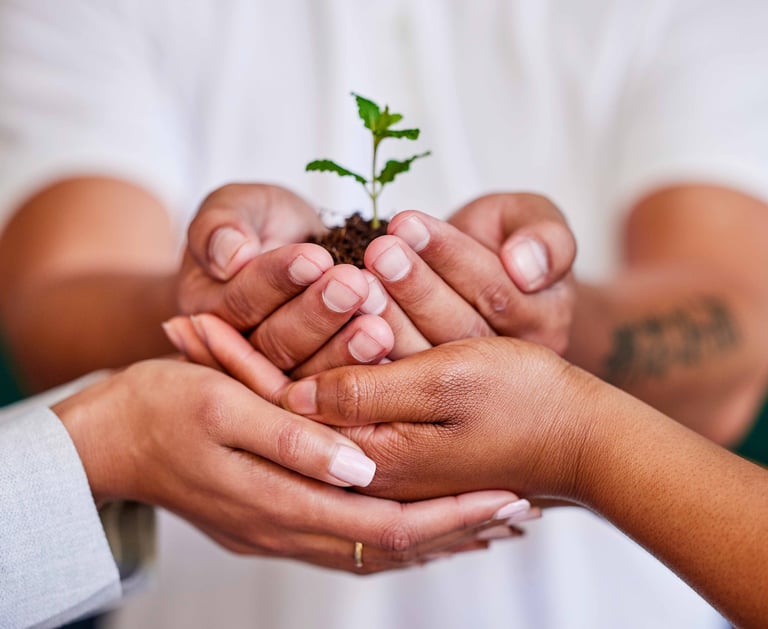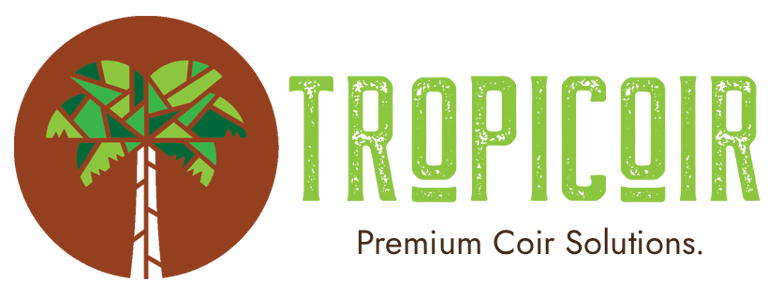Horticultural Greenhouse Practices
Greenhouse cultivation represents a transformative approach to food production. Unlike traditional open field farming, which has wrought considerable damage upon the environment and ecosystems, greenhouse farming mitigates excessive use of harmful chemicals and fertilizers. This shift not only minimizes carbon footprints but also enhances crop yield and diminishes water wastage. Embracing greenhouse cultivation offers a sustainable solution, promising a brighter future for agricultural production.
Coco Peat - Sustainable Material
Cocopeat, also known as coco coir, has emerged as a renewable resource of interest in recent times. This versatile material, derived from coconut husks, offers myriad advantages for plant growth and soil fertility. Its environmentally friendly nature appeals to those seeking to minimize their ecological footprint, as it can be reused multiple times and naturally decomposes into the soil. Moreover, its affordability makes it a preferred option for greenhouse cultivators, aligning well with sustainable farming practices.
Coco peat (coco coir) stands out as an optimal growing medium for various plant types. With its capacity for long-term water retention and aeration, it fosters ideal conditions for crop growth. Compared to alternatives like vermiculite or perlite, coco coir substrate excels in retaining water and nutrients, contributing to superior plant development. Its cost-effectiveness and user-friendly nature further establish it as a favored choice among greenhouse farming enthusiasts worldwide.
People-Centered Sustainability
Resilience to Climate Change
Crop Adaptability
Weather-Resistant Cultivation Techniques
Increased Productivity per Labor Hour
High Yield per Land Unit
Reduced Seasonal Fluctuations


Sustainability for Greenhouse Operators
Labor Cost Reduction
Optimal Harvesting
Consistent Crop
Maturity to Minimize Post-Harvest Losses
Efficient Water, Fertilizer, and Space Utilization


Contact Us
Reach out anytime for support or questions.
Email: info@tropicoir.com
Phone: +1 408-230-2638
+1 929-753-1940
© 2025 Tropicoir LLC | All Rights Reserved.
